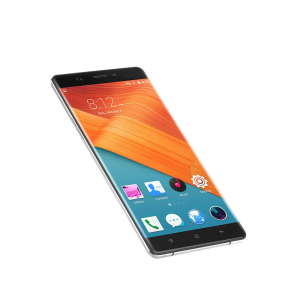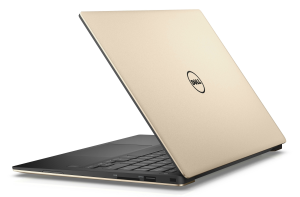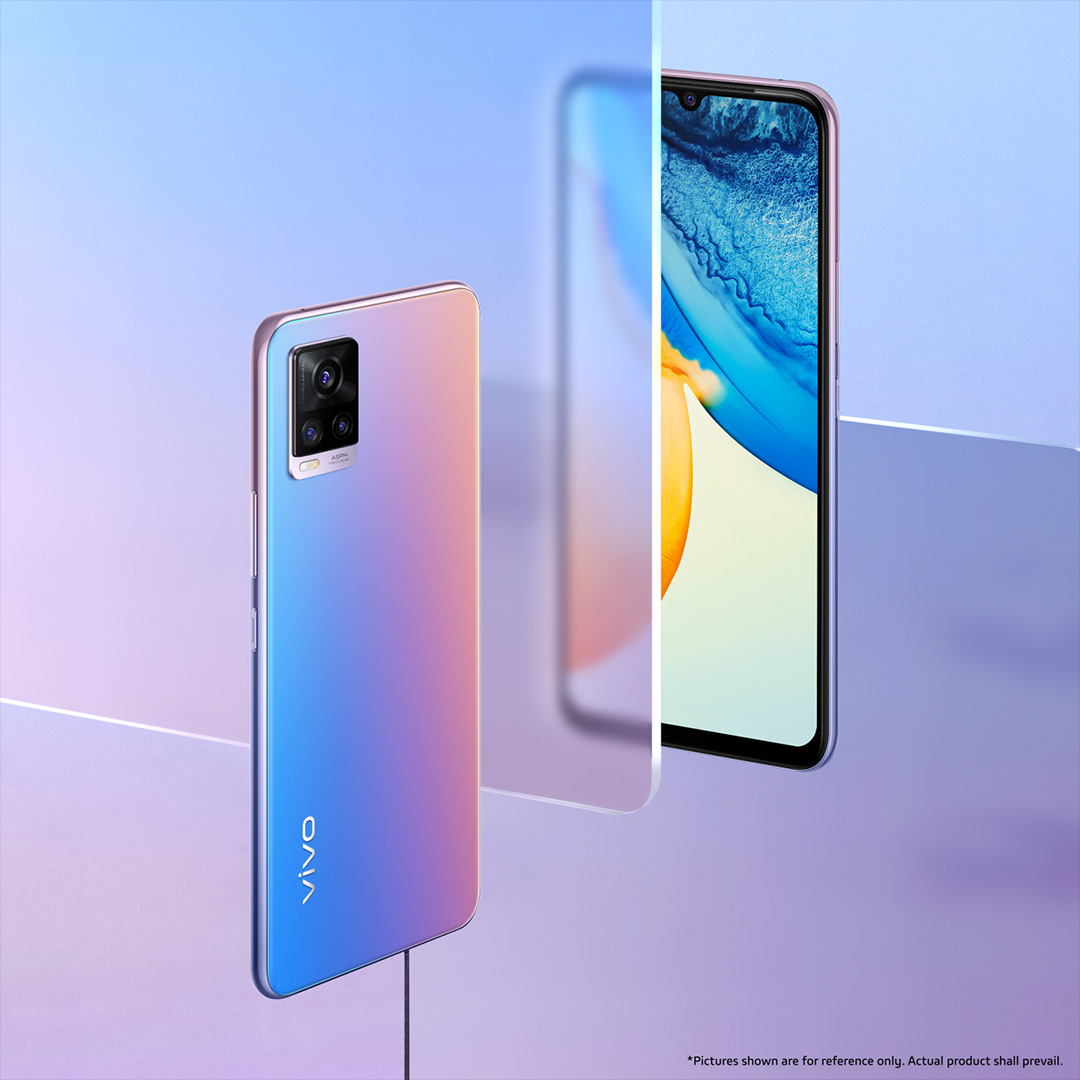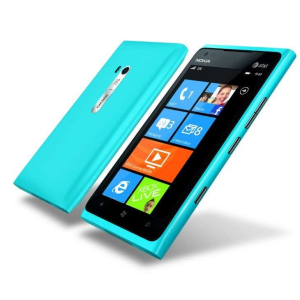Thin smartphones are revolutionizing mobile technology as we know it, making sleek and portable designs the new standard for modern devices. In 2012, this movement gained significant momentum, with a host of ultra thin phones making headlines for their impressive profiles and advanced capabilities. Companies like Huawei and Fujitsu have entered the race, introducing some of the best slim smartphones that boast thicker features without compromising their slender builds. As smartphone design trends shift toward minimalism, the appeal for thin Android devices continues to grow, leading to exciting innovations and fierce competition among brands. With statements from leading manufacturers claiming to produce the thinnest smartphones on the market, consumers are left wondering which device will take the crown in this rapidly evolving landscape.
The emergence of sleek mobile devices has sparked interest in the category often referred to as ultra-slim smartphones. These incredibly slim gadgets not only enhance portability but also exemplify the innovations driving smartphone design trends today. Notable models include some of the leading contenders from 2012, showcasing advances in technology while maintaining a remarkably low profile. The push for lighter, thinner designs has captivated users, leading to a new appreciation for the blend of functionality and aesthetics found in today’s mobile devices. As manufacturers continue to compete in this space, the quest for the thinnest smartphone becomes an emblem of cutting-edge engineering and consumer preference.
The Rise of Ultra Thin Phones in 2012
In 2012, the smartphone market witnessed a remarkable shift towards ultra thin phones, capturing the attention of tech enthusiasts and everyday users alike. The competition among manufacturers led to a race to create the slimmest smartphones, reflecting an evolution in smartphone design trends. Prominent players such as Motorola, Huawei, and Fujitsu independently unveiled their flagship models, boasting dimensions that were previously deemed unattainable. The emergence of devices like the Motorola Droid RAZR and the Huawei Ascend P1 S not only altered the consumers’ expectations but also significantly raised the bar in terms of aesthetic appeal and portability.
The trend of ultra thin phones goes beyond mere superficial appeal—it represents a significant advancement in mobile technology. Manufacturers are focusing on reducing the thickness of their devices while simultaneously enhancing performance and battery life. This entails incorporating innovative materials and design engineering, which result in a sleek, premium feel in the hands of users. The allure of having one of the best slim smartphones of 2012 comes not just from its slim profile, but also from the powerful features packed within a smaller framework.
Exploring the Best Slim Smartphones of 2012
When discussing the best slim smartphones of 2012, the competition was fierce. The Motorola Droid RAZR, for instance, was not simply known for its thinness, but also for its robust build and high-resolution display. This device set a standard that prompted other companies to accelerate their design processes. Huawei and Fujitsu followed suit with their own entries, each claiming to hold the title of the thinnest smartphone. The Huawei Ascend P1 S, measured at just 6.68 mm, captured a great deal of interest, highlighting how innovation can take shape in incredibly compact designs.
These thin Android devices, while competing fiercely over size, also offered similar, if not superior, technological advancements compared to their thicker predecessors. Enhanced battery management systems were included, ensuring that users wouldn’t have to sacrifice power for design. Reviews from tech experts and consumer feedback alike lauded these models for balancing a sleek appearance with functionality—making them the best slim smartphones of their time.
Thin Android Devices: A New Standard in Mobile Technology
The advent of thin Android devices in 2012 marked a turning point for mobile technology standards. As manufacturers cut down on thickness, they simultaneously innovated in terms of software and hardware integration, which included improved cameras, faster processing capabilities, and longer battery life. This dual focus has pushed the envelope for what consumers can expect from slim devices, leading to a broader acceptance of all things lightweight in mobile design.
Thinness in Android devices, however, does not come without its challenges. Engineers must navigate bottlenecks in thermal management and structural integrity to ensure that these devices remain functional and durable. Manufacturers have responded with creative solutions, using cutting-edge materials and unique engineering techniques to create devices that are not only thinner but also sturdier than previous models. Such efforts underscore a commitment to innovation within the boundaries of form factor and usability.
Smartphone Design Trends: The Pursuit of the Slimmer Profile
The ongoing smartphone design trends reveal a significant consumer preference for devices that are as slim as possible. This pursuit of slimmer profiles has reshaped how manufacturers approach creating smartphones. Trends have shifted from merely optimizing performance capabilities to also emphasizing aesthetics and portability. Consumers are not only looking for functionality but also desire devices that can fit seamlessly into their lifestyles, easily slide into pockets, and offer modern styling.
As a result, companies are investing heavily in research and development related to materials and design techniques. From metallic frames to strengthened glass, the design choices interact directly with the slimness of the devices being produced. It’s a balancing act, with each new model aspiring to be thinner and better without compromising on the essential features that consumers have come to expect from premium smartphones.
The Thinnest Smartphones: Pioneering New Possibilities
In the quest for the thinnest smartphones, 2012 became a year of significant breakthroughs. With manufacturers continuously vying for the title of slimmest device, we saw impressive engineering feats, such as the Fujitsu Arrows F07D, which offered incredible technological capabilities within an extremely thin chassis. This innovative spirit opened new possibilities, indicating that the future of smartphone design could favor minimalism without losing the essence of what makes a smartphone effective.
The motivation behind developing such thin devices goes beyond aesthetics; it’s about redefining user experience. Consumers appreciate smartphones that enhance portability, without weighing them down. The ongoing trend of slim smartphones encourages others in the industry to rethink their design ethos, pushing boundaries and setting new standards that meld both form and function, ultimately enhancing the mobile experience.
Benefits of Choosing Thin Smartphones
Opting for thin smartphones offers numerous benefits, primarily centered around portability and convenience. These sleek devices are easy to handle and carry, making them an ideal choice for users always on the go. In a world where mobility is crucial, having a lightweight and slim device can significantly ease daily challenges. The advancements in technology also mean that these thin smartphones can deliver powerful performance despite their size, making them suitable for multitasking and heavy usage.
Moreover, the aesthetic appeal of thin smartphones adds to their desirability. Consumers are often drawn to sleek, modern design trends that fit their personal style and the image they wish to project. The feeling of holding a well-crafted, slim device translates to a sense of luxury and sophistication, influencing purchasing decisions across diverse market segments. As a result, manufacturers are motivated to create better, thinner smartphones to meet consumer demands.
The Intersection of Thinness and Functionality in Smartphones
Finding the right balance between thinness and functionality is crucial in smartphone design. The industry is pushing boundaries, with devices continually becoming slimmer while retaining high performance levels. This intersection of slim design and functionality exemplifies how modern technology can synthesize attractive aesthetics with unparalleled capabilities, ensuring that users aren’t compromising on power for style.
For instance, the introduction of ultra-thin smartphones has led to innovative technologies such as advanced battery solutions and efficient cooling systems that ensure smooth operation. These advancements allow manufacturers to achieve sleek profiles without sacrificing the essential features that users rely on daily, such as camera quality, processing speed, and overall user experience.
Future Trends in Thin Smartphone Design
As we look to the future, the trend toward thinner smartphones shows no sign of waning. With ongoing advances in materials science and engineering, it is likely we will see even slimmer devices entering the market. This evolution could pave the way for entirely new smartphone concepts that defy current design norms, incorporating foldable or rollable screens that expand upon the notion of portability and functionality.
Additionally, consumer habits, preferences, and feedback will drive the next generation of thin smartphones. With an emphasis on sustainability and eco-friendliness, future designs may focus more on recyclable materials and energy-efficient technologies. Ultimately, the ongoing push for thinner profiles will continue to challenge developers and designers alike to innovate while keeping the user experience paramount.
Frequently Asked Questions
What are the thinnest smartphones available in 2012?
In 2012, several ultra thin phones were competing for the title of the thinnest smartphone, including the Motorola Droid RAZR, Huawei Ascend P1 S, and Fujitsu Arrows F07D. Each manufacturer promoted their device as the slimmest, showcasing innovative smartphone design trends.
How does the design of thin Android devices affect their performance?
While thin Android devices, such as the slimmest smartphones released in recent years, focus on aesthetics and portability, they also face challenges in thermal management and battery life due to limited space. It’s essential for manufacturers to balance slim design with robust performance features.
What should I consider when buying the best slim smartphones?
When looking for the best slim smartphones, consider factors such as battery life, camera quality, processor speed, and durability. While aesthetics are important, ensure that the thin smartphone you choose also meets your performance needs.
Are ultra thin phones durable compared to standard smartphones?
Ultra thin phones often sacrifice some durability for aesthetics, making them more susceptible to damage from drops. However, brands are increasingly using high-quality materials and design innovations to enhance the durability of thin smartphones.
How do smartphone design trends influence the market for thin smartphones?
Smartphone design trends have shifted towards thinner profiles as consumers prioritize sleek aesthetics and lightweight devices. This has led manufacturers to invest in technology that enables the production of slim smartphones without compromising on essential features.
What are the advantages of using thin Android devices?
The advantages of using thin Android devices include lighter weight, easier portability, and stylish design. Users often prefer the sleek appearance of thin smartphones while still enjoying the functionality of Android.
Should I choose a thin smartphone over a thicker model?
Choosing between a thin smartphone and a thicker model depends on your personal preferences. If portability and design are your primary concerns, then a thin smartphone might be the best choice. However, thicker models often offer better battery life and durability.
Which brands lead the market for the thinnest smartphones?
In the competitive market for the thinnest smartphones, brands like Motorola, Huawei, and Fujitsu have been at the forefront, consistently releasing models that push the limits of smartphone thickness while incorporating advanced technology.
| Device | Claim to Fame | Manufacturer |
|---|---|---|
| Motorola Droid RAZR | Claimed to be the thinnest smartphone available | Motorola Mobility |
| Huawei Ascend P1 S | Claiming to be thinner than competitors | Huawei |
| Fujitsu Arrows F07D | Also claiming to be the thinnest smartphone | Fujitsu |
Summary
Thin smartphones are capturing consumer attention by boasting impressive slim designs. In 2012, the race for the thinnest smartphone intensified with significant entries such as the Motorola Droid RAZR, Huawei Ascend P1 S, and Fujitsu Arrows F07D, each vying for the title of the slimmest device on the market. This trend marks a pivotal moment in smartphone evolution, highlighting how manufacturers prioritize sleek profiles alongside functionality.









